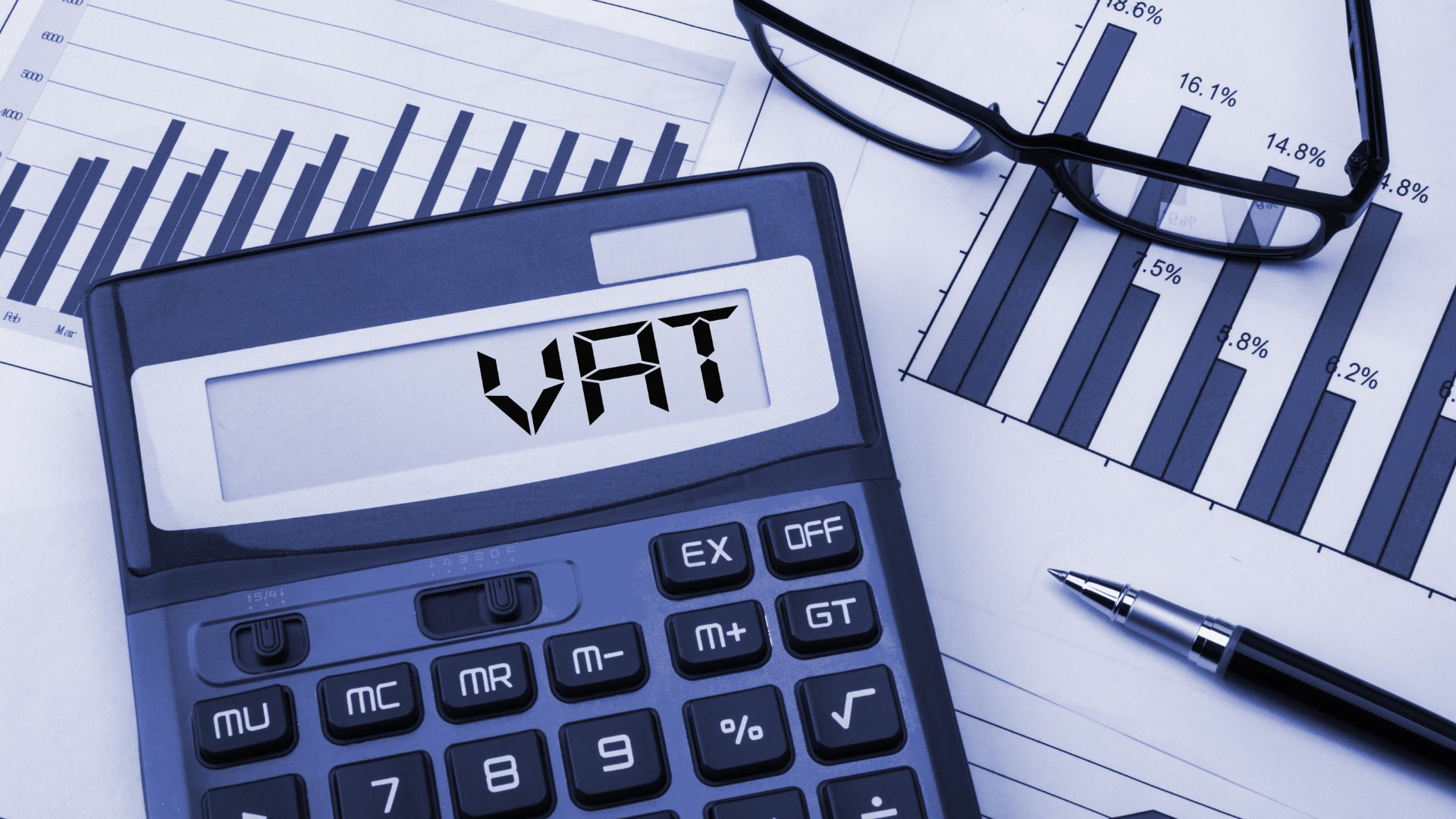Value Added tax (VAT) is a type of tax, is a vital aspect of any business transaction in the UK. Understanding how to submit a VAT return is crucial for businesses who are VAT registered with HMRC. This guide will offer valuable insights into the complex procedure of submitting VAT returns. It can also assist businesses to navigate this financial environment without fear.
What exactly is VAT? Why does it matter?
Value Added Tax (VAT) is a tax on consumption that is put in place by the government whenever products or services are offered for sale. You are required to declare VAT when you sell your services or products in the event that your business is certified for VAT. You’ll have to collect VAT from your clients and return it to HMRC, then offer your customers an invoice or receipt which details the amount of VAT included in the transaction. In addition, when you purchase items you’ll receive a VAT invoice which identifies the amount of VAT that was included in the transaction. It is essential to keep accurate records in order to claim VAT from HMRC.

What exactly is VAT?
One of the fundamental obligations for companies registered for VAT is filing regular VAT returns with HMRC. The VAT report provides a summation of transactions and purchases over a particular period. It is essentially a way for companies to document the amount of VAT they taken from customers and paid on their own purchases. This procedure is generally completed on a quarterly basis.
How to file a VAT return Step-by-Step Instructions
1. Understanding the VAT Period is vital before starting the process of filing. In the UK companies typically complete VAT returns each quarter. Make sure you know the dates for the VAT period.
2. Compile Information on Sales and Purchases: Collect relevant details about your sales and purchases over the period of VAT. This includes sales invoices sent to customers and purchase invoices from suppliers, and any other financial records that are relevant.
3. Calculate the output tax: Tax on output is the VAT that you added to the price of your clients. Calculate the total output tax by adding up the VAT you paid on all your sales during the period of VAT.
4. Calculate the Input Tax. Input tax is equivalent to the VAT you paid on all of your purchases. Calculate the total input tax by adding together the VAT that you paid on all of your purchases throughout the VAT timeframe.
5. Filling out the VAT Return Fill out the HMRC VAT return form using the information you have gathered. This form usually has sections that detail your total sales, your total purchases output tax, as well as input tax.
6. HMRC must receive the VAT return before the deadline given. HMRC provides Making Tax Digital, a service that allows you to submit tax returns online.
Common errors to avoid
If you’re late in the filing of your VAT return, penalties could apply. Your business may suffer financial losses if you file late.
Incorrect information: Review every detail on your VAT returns to ensure accuracy. Calculation errors or incorrect figures may lead to discrepancies, and even issues with HMRC.
Companies are entitled to reclaim the VAT they paid for certain purchases. Be sure to know what taxes you can claim back. This could have a major impact on the VAT you owe.
You can also read our conclusion.
Knowing the VAT landscape is an essential aspect of managing your financial matters in the UK. Understanding the VAT return procedure as well as its complexities, and having a complete guide for VAT returns is crucial to maintaining compliance with financial regulations.
Businesses must make sure that they approach VAT returns with care and with precise. With a thorough understanding of the procedure by avoiding common mistakes and making the most of the resources available that businesses can make it easier to meet their VAT requirements, contributing to financial stability and regulatory conformity. If you’re a business owner who is just beginning to learn about VAT or are an experienced one, it’s important to stay informed and proactive when preparing your VAT returns. This can help improve the financial health for your business.
